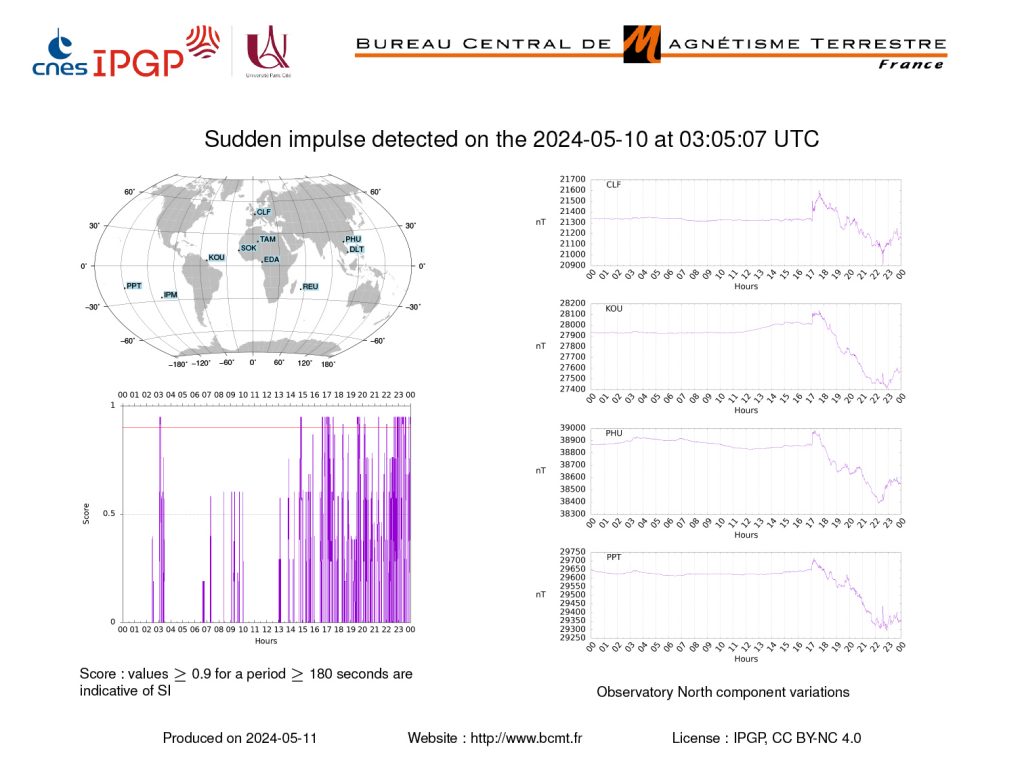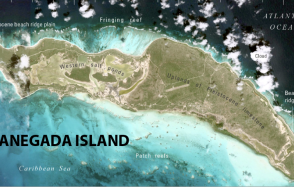The exceptional magnetic storm observed by the IPGP
On 10 and 11 May, a large part of the northern hemisphere was able to observe the aurora borealis at exceptionally low latitudes. These luminous phenomena are the most visible manifestations of intense solar activity over the preceding days, which interacted with the Earth's magnetic field to produce an exceptional magnetic storm. The Magnetic Observatories Department of the IPGP, which recorded the storm at stations in its network, takes a closer look at this extraordinary event.











